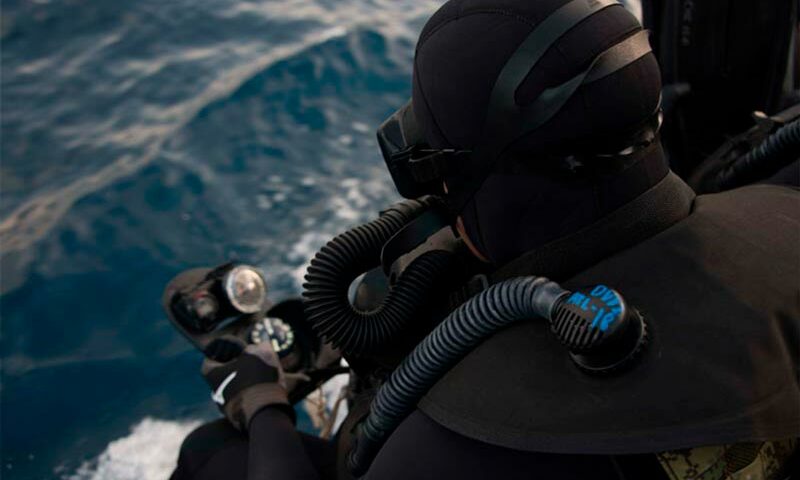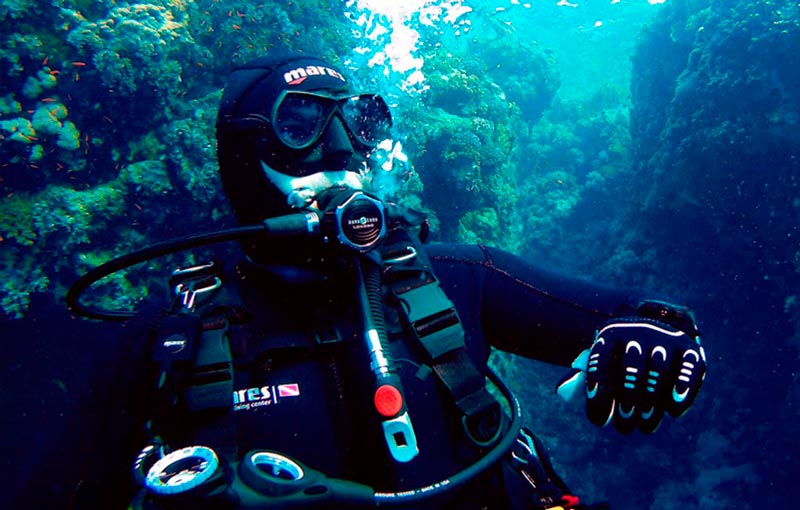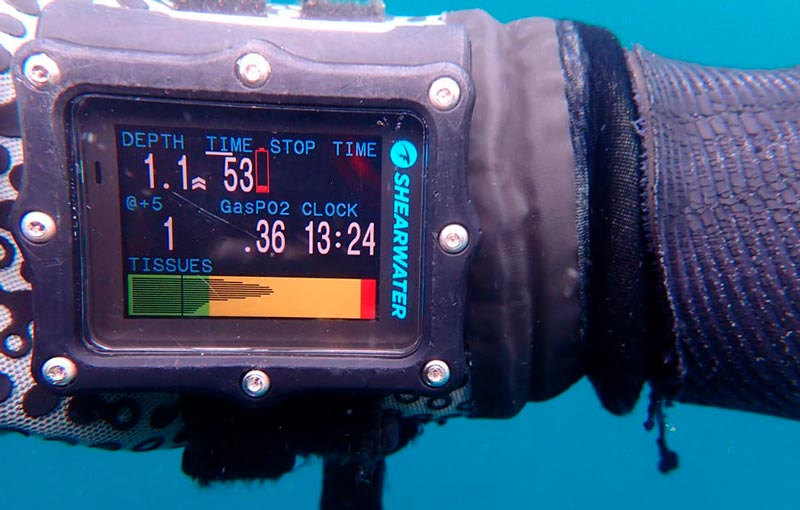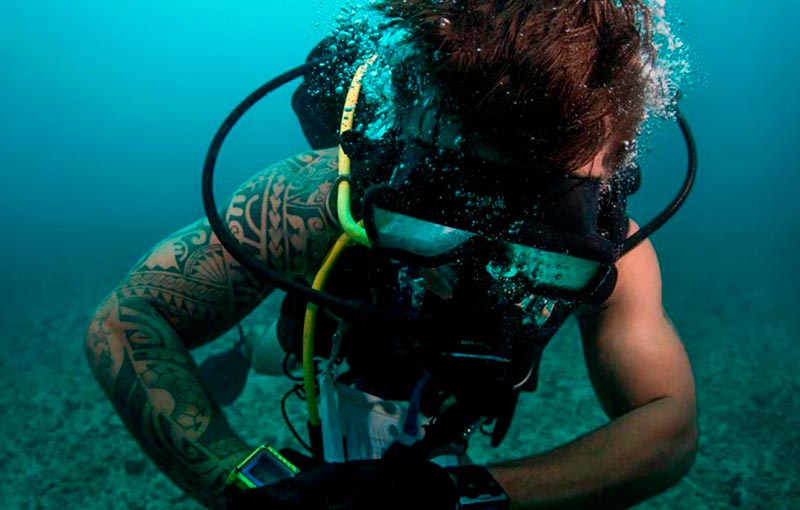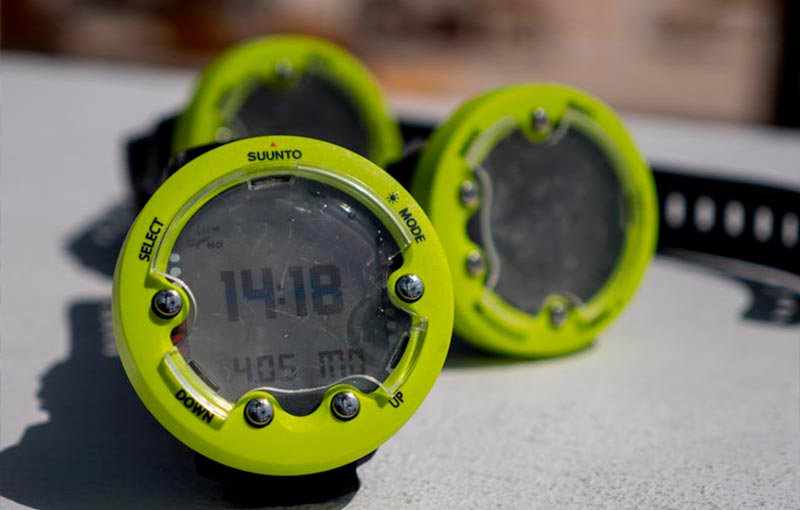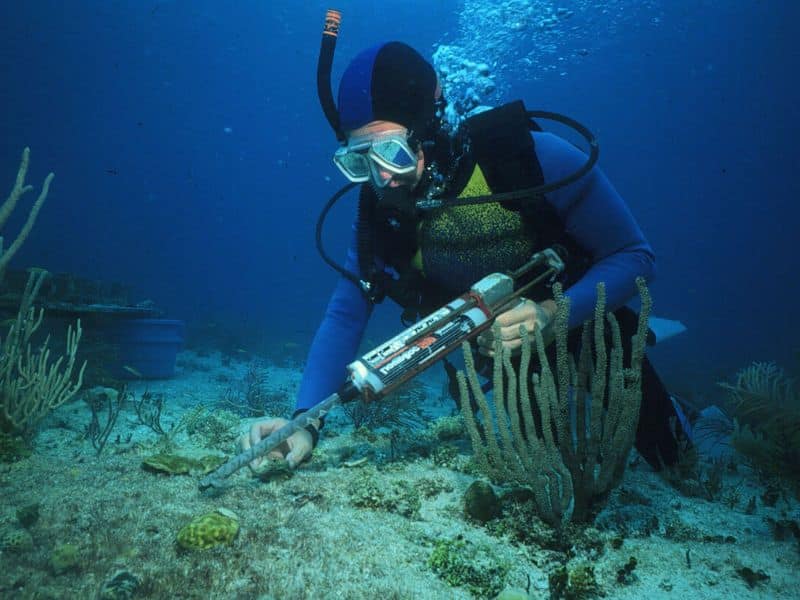10. Features of the Best Dive Computer for You
Readability. It is no use having the best scuba diving computer in the world if you can’t read it. So, make sure that the numbers have a good size, that the screen offers a defined contrast between the numbers and the background, and if possible, that the screen is backlit, in order to see it better.
Easy to use. Read the dive computer’s reviews of other divers on the ease to set it up. In the middle of the “plug and play” era, a computer with a steep learning curve is not useful.
Another thing, do you wear gloves when you dive? Well, keep that in mind when choosing your scuba computer. Look for one with large, well-spaced buttons.
Features. Choose a scuba diving computer that is suitable for the type of diving you’ll practice. Air mode is the most common, but you may dive with Nitrox, so make sure it offers that option. Technical divers use Trimix and free divers also need a scuba diving computer to suit them.
On the other hand, make sure that the dive computer has the measurement options that you really need, there is no need to buy a high-end computer if you are not going to take advantage of it. Technical divers have very different needs from newly certified divers. Did you know that they need two diving computers for each dive?
For many divers, being able to change the battery themselves is an indispensable feature. If you are one of them, look for a dive computer watch with a user-replaceable battery. Otherwise, you won’t be able to touch it, and if you do, you will lose your warranty.
11. How Long Do Diving Computers Last?
In the 1990s, dive computers offered a lifetime warranty. Yes, they did as you read it. They used to have a lifespan of 7 to 10 years, and the manufacturing company took care of everything: battery replacements, repairs, replacements, etc.
Today, changing a battery can cost 250 USD, including shipping.
In addition, all electrical devices have short-programmed obsolescence. I’m not just talking about scuba diving computers. I’m talking about cell phones, laptops, or video game consoles. The new model with the latest technology comes out just when the old model is still gaining market share.
Scuba diving computers are affected by this reality, and it is weird to find any model that offers a warranty longer than 2 years. Today, the average life of a dive computer is 4 years.
12. Which Of the Following Is Part of Proper Care for My Dive Computer?
What you can do:
– Rinse the dive computer in fresh water at the end of the dive.
– NEVER try to open it, unless it is a scuba computer with user-replaceable batteries
– Keep it away from direct sunlight so as not to damage the digital display.
– Protect it from shocks and chemicals.
– Store it in a cool, dry place.
– Make the revisions that the manufacturer indicates (every two years or after 200 dives).
– Go to the manufacturer or distributor if you see mist, scratches, cracks, or other defects on the screen.
What the manufacturer should do:
– Battery changes.
– General overhaul of operation, seals, and sensors
– Change of seals and lubrication
– Tightness tests.
Do you have any other questions about the dive computer? Contact us.




